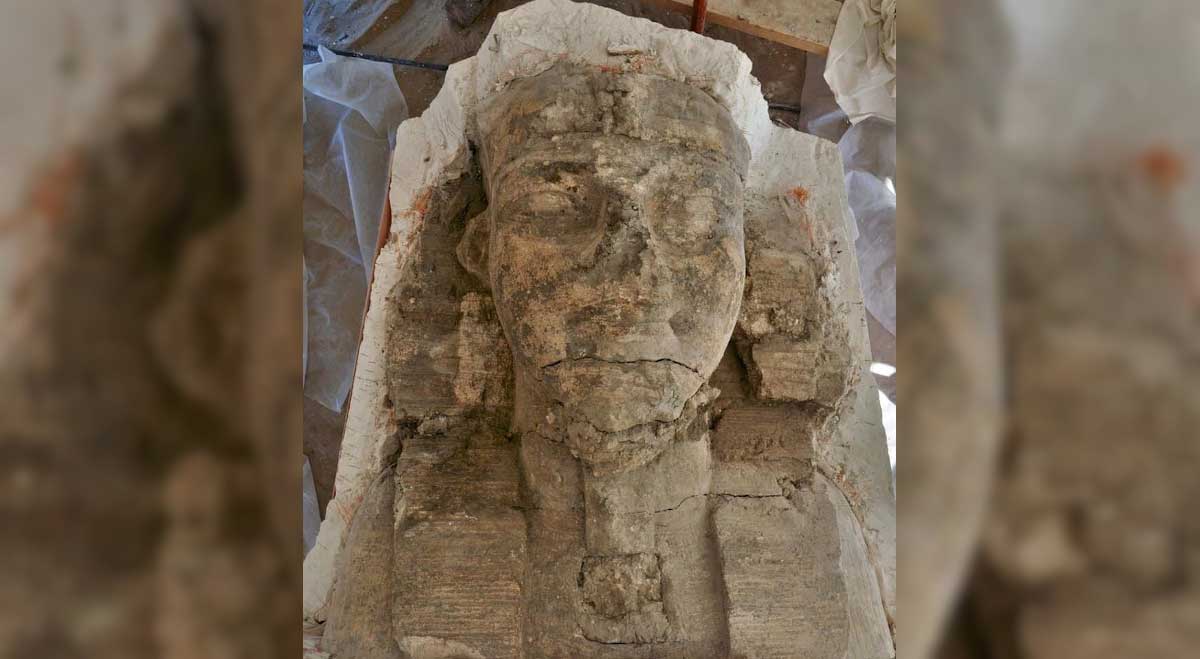The statues were found during archaeological excavations carried out in the city of Luxor, on the site of the ancient city of Thebes. Sphinx-like figures represent Pharaoh Amenhotep III. Initially, they were eight meters high.
The sculptures were located in the funerary temple of Pharaoh Amenhotep III (grandfather of Pharaoh Tutankhamun), who ruled Ancient Egypt from 1390 to 1353 BC. This building is also often called the Temple of Millions of Years.
The fact that the figures represent the ruler is indicated by the typical signs of power that can be seen on the statues (these are the characteristic pharaoh’s beards, headdresses known as nemeses and wide necklaces), as well as the inscription “beloved by the god Amon-Ra”, which scientists have found on one of the sculptures during restoration work. During the time of Amenhotep III, it was Amon-Ra (the god of fertility, considered the creator of the world and the ruler of people) who came to the fore of the then divine pantheon.
In the former courtyard of the temple (peristyle), archaeologists also found three very well-preserved granite busts of Sekhmet – the goddess of war, revenge and disease, depicted with the body of a lion and the head of a woman – and a small statue of an official and his wife. Numerous fragments of walls and columns were also found, which in the past formed a previously unknown colonnade. The fragments are decorated with scenes depicting ancient Egyptian ceremonies and rituals. These include, among other things, the celebration of the ancient “Valentine’s Day” and the festival of Sed, which was celebrated on the 30th anniversary of the coronation of the pharaohs.

